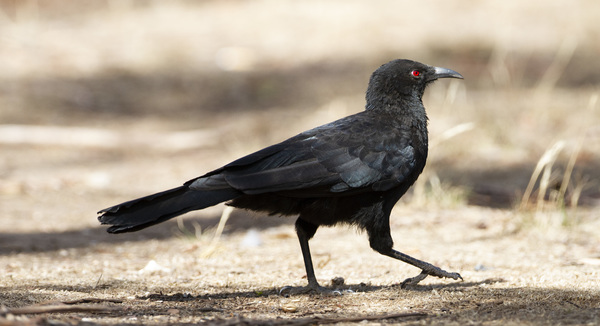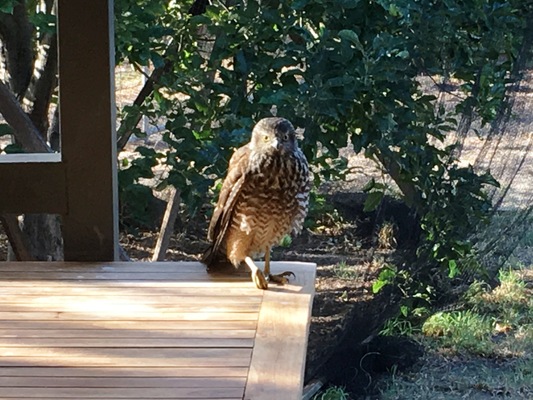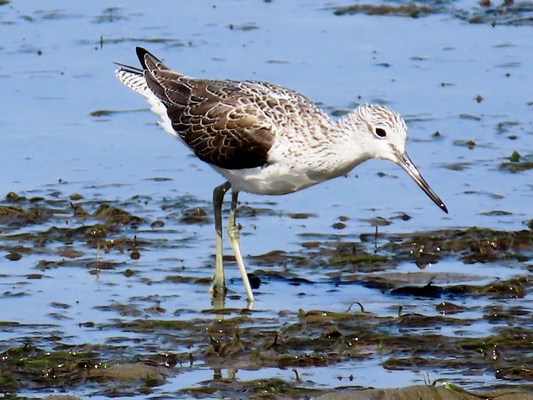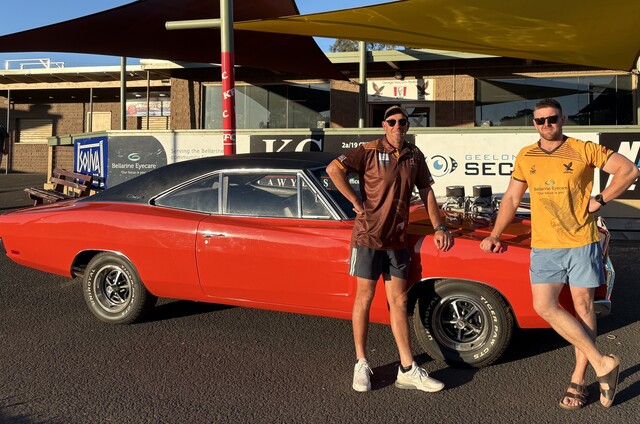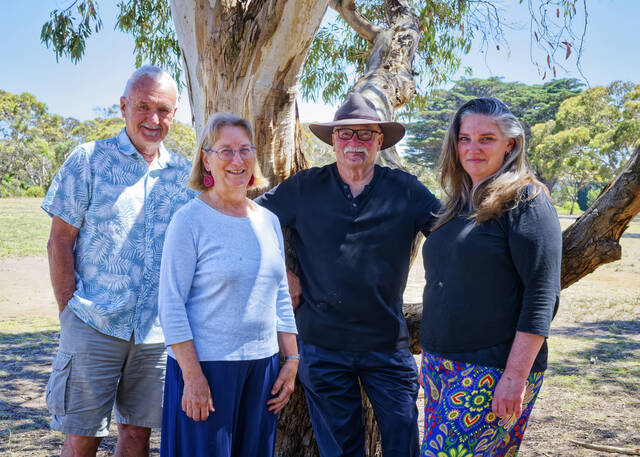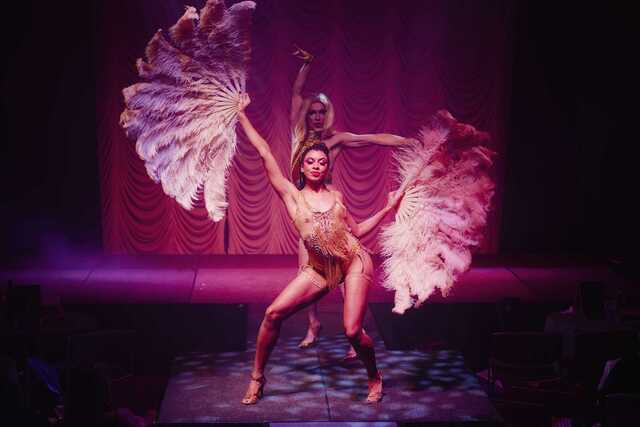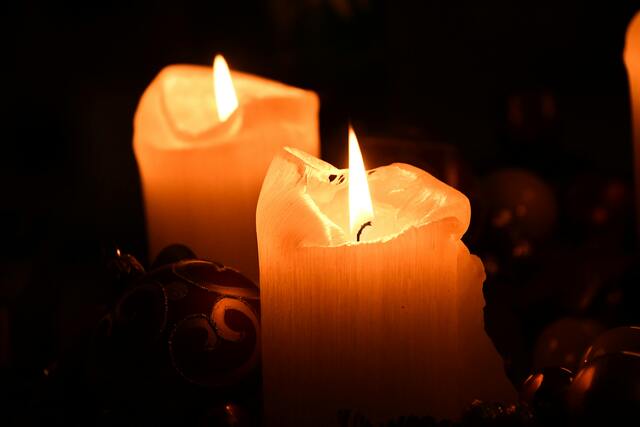It’s been such a long, dry spell, and the Bellarine is looking terribly dry, and even Begola Wetlands has been reduced to a trickle.
My rain dance routine has expanded to include a somersault followed by a double pike and a twist, all to no avail.
It’s been a disastrous summer in many ways with the huge fire in the Bunyip State Forest where there are many species of owls and other beautiful creatures. Also the duck shooting season is only a few weeks away. I will get too despondent again if I think too much about it.
I had some time off work due to an eye injury, and when I was feeling better I took myself for a drive to Bannockburn to see if the owlet nightjar was in the hollow and it wasn’t.
So I sat around the little dam (which quite amazingly had a little bit of water in it), and waited for some birds to have a drink or a splash. I sat on my picnic rug for a good hour in the 35 degree heat, but didn’t see very much action. There were a few yellow-faced honeyeaters, eastern yellow robins, spotted pardalotes and superb fairy-wrens, which were all very lovely.
I then made my way to Anakie Gorge and I knew I wouldn’t see much there due to the lack of water around the picnic area, but I did spot a few crimson rosellas, eastern yellow robins, superb fairy wrens, and a flock of 15 white-winged choughs.
White-winged choughs are found in forests and woodlands around eastern and south-eastern areas of Australia (but are not found in northern Queensland).
The white-winged chough is a large, almost completely black bird that has a curved beak, a red eye and a large white wing patch, which can only be seen when the bird is flying. The curved bill and legs are black.
White-winged choughs may be easily confused with ravens, however unlike the raven, the chough has a distinctive curved bill and red eye, and ravens also lack the white wing patch. I tried (and failed) to take a photo of a chough in flight to capture the white wing patches.
After Anakie Gorge I drove to Lara to see if I could spot a few rainbow bee-eaters that Tom Fletcher had seen the week before. I didn’t see the bee-eaters, but did happily observe two wedge-tailed eagles, which was great.
On the way to work one day I checked out the darters and cormorants nesting on the Barwon River in Geelong. There were a few darters still sitting on nests, and there looked to be around 10 young little black cormorants, and I also spotted a pair of tawny frogmouths in the trees by the bank of the river. It’s always a great day when you spot a new pair of tawnies.
I’ve noticed on the Geelong Field Naturalist website that there have been many fork-tailed swift sightings over the past week. I haven’t seen any myself, but they have been seen in Ocean Grove, so I’ll have to keep my eyes peeled.
I received an email from Sharon of Barwon Heads who took a photo of a raptor that landed on her deck last week. The raptor (which looked like a young brown goshawk) had an injured foot, and Sharon thinks that it was hoping for any easy meal of her pet budgie that was in its cage on the deck at the time. This bird’s foot looked quite damaged, and it will have to be very adept at hunting with one functioning limb.
Kevin sent me a lovely image of a common greenshank in the estuary near the Ocean Grove Golf Club. The greenshank will be feeding and fattening up in preparation for the incredible flight to the Northern Hemisphere in the next month or so. Kevin also spotted a flock of greenshanks in Swan Bay.

